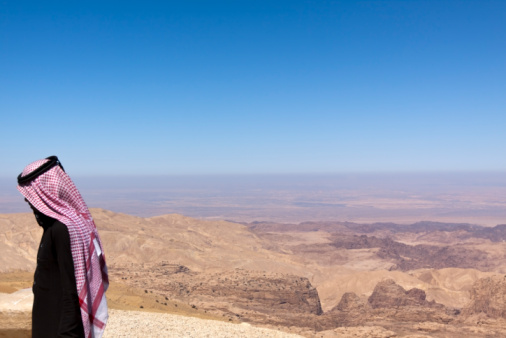
Saudi Arabia exported about 7.5 million barrels of oil a day in 2013, or nearly a fifth of total global demand. Among the OPEC countries, the Saudis account for a third of all cartel exports.
The destination countries for Saudi oil are not specified in OPEC’s 2014 Annual Statistical Bulletin, the source of the numbers used here. But on a regional basis, more than 14 million barrels a day of OPEC crude end up in the Asia/Pacific region, more than 4 million barrels a day are bound for Europe and 3.9 million barrels a day are directed at North America, and most of that is coming to the United States.
The largest portion of Saudi Arabia’s exports — nearly 4.6 million barrels a day — is sent to Asia/Pacific. North America receives nearly 1.5 million barrels a day of Saudi crude (virtually all headed for the United States), and Europe takes about 950,000 barrels a day.
ALSO READ: States With the Highest (and Lowest) Gas Taxes
The U.S. imported about 7.7 million barrels of oil a day in 2013, more than any other country and well ahead of second-place China, which imported about 5.7 million barrels a day. By the way, the United States exported 119,000 barrels of light oil a day in 2013.
At its peak in 2007, the U.S. imported 10.8 million barrels of oil a day to meet total demand of nearly 21 million barrels a day. By 2013, total U.S. demand had dropped to just under 19 million barrels a day and U.S. production had risen to 7.44 million barrels a day from just over 5 million in 2007.
What do all these numbers add up to? First, any notion that the U.S. will ever produce all the oil it consumes is pure fantasy. Second, that any exports of crude oil from the United States will have essentially no long-term impact on world oil markets, especially given that its proved reserves of around 26.5 billion barrels are less than 10% of Saudi Arabia’s proved reserves of 267 billion barrels.
While the boom in U.S. shale oil production is currently disrupting world oil markets, the overall impact of U.S. reserves and production eventually (soon?) will be adjusted for. If there is a long-term impact it will result from the permanent destruction of demand for crude. At some point in the future — from a few to several decades from now — demand for crude will have dropped to the point where only a few countries will be needed to meet global demand. At the top of that list is likely to be Saudi Arabia.
ALSO READ: The World’s Top 10 Oil Companies
Credit Card Companies Are Doing Something Nuts
Credit card companies are at war. The biggest issuers are handing out free rewards and benefits to win the best customers.
It’s possible to find cards paying unlimited 1.5%, 2%, and even more today. That’s free money for qualified borrowers, and the type of thing that would be crazy to pass up. Those rewards can add up to thousands of dollars every year in free money, and include other benefits as well.
We’ve assembled some of the best credit cards for users today. Don’t miss these offers because they won’t be this good forever.
Flywheel Publishing has partnered with CardRatings for our coverage of credit card products. Flywheel Publishing and CardRatings may receive a commission from card issuers.
Thank you for reading! Have some feedback for us?
Contact the 24/7 Wall St. editorial team.



